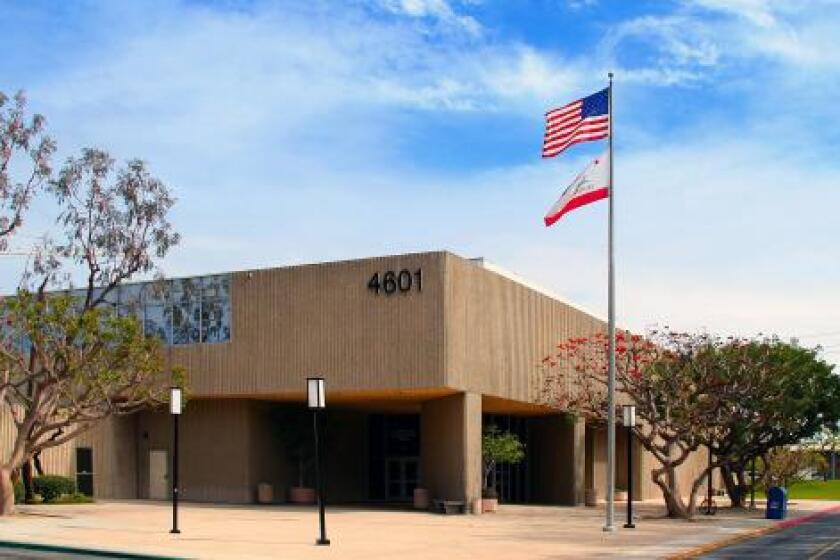Boardwalk out of step with community, environment
- Share via
There are precious few places in Newport Beach left where one can
walk along a dirt path. Over the years, we have suburbanized the
hills and great walking trails where Fashion Island and Promontory
Point now sit. Gone are the dirt walking paths along the Castaways,
and now the City Council is considering doing away with the dirt
walking paths along the Back Bay, the last such trails in the city.
Such a move is out of step with the community and, contrary to
what a small handful of proponents say, would not be a popular or
necessary plan for preserving the Back Bay. In fact, it would be just
the opposite. A boardwalk would be more intrusive to the plants and
animal life along the Back Bay than the existing dirt trail system.
In most cases, we are talking about dirt trails that are 24 to 36
inches wide. I walk the Back Bay footpaths regularly and have for
more than 40 years. Our national forests, parks and state park
systems are crisscrossed with dirt trail systems. Dirt trail systems
are environmentally friendly and much less obtrusive than a man-made
boardwalk with cement footings. Additionally, dirt trails do not
interrupt the free flow of indigenous animal foraging, but a
boardwalk would. The animals would have to walk around it, over it,
under it or avoid it, and all scenarios are much more intrusive to
their behavioral patterns than a dirt footpath.
With regard to vegetation, the construction of a boardwalk would
hammer the surrounding vegetation. You would need to take an existing
2-foot-wide dirt path and turn it into a 6- to 10-foot-wide
boardwalk. Add to that a 5-foot-wide construction zone on either side
for the workers to bring in and unload materials. Realistically, you
have trampled a 20-foot-wide swath where a 2-foot wide trail used to
exist. Now how is that going to preserve vegetation? It’s not.
If the intent is to keep people from creating new dirt trails, or
closing down some existing “short cuts,” then simply maintain the
dirt trails that currently exist, just like they do in our national
forests and parks. The answer is not an obtrusive boardwalk.
Here’s what needs to be done:
* Continue with the re-planting of vegetation to more clearly
define the dirt trail systems that offer the best scenic views and
“wilderness” experience. When necessary, place a temporary sign that
asks people to please stay on the trails until the new vegetation
takes root and provides for a natural barrier to trail cutting.
* Continue to allow for some trails to have close proximity to
the water’s edge.
* Help better define the trails by laying down decomposed
granite.
* In certain boggy areas, build narrow, low-profile wooden ramps,
as they do in national forests and parks, just long enough to get
people back on a dry dirt trail.
Just because we may have access to up to $800,000 in funds from
the American Trader Oil spill and up to $4 million in state funds
from Proposition 40 should not mean that we spend that money to
destroy something we already enjoy, namely our ability to walk along
the last dirt trail system in Newport Beach.
Let’s act with reasoned judgment, conservation and responsibility
by earmarking perhaps $250,000 to improve the existing dirt trail
system as outlined above. This will leave the smallest footprint in
our environmentally sensitive Back Bay, and a lasting legacy to our
children of allowing their feet to still make contact with the earth
in an increasingly urbanized Newport Beach.
DREW LAWLER
Newport Beach
* Drew Lawler is a 44-year resident and native of Newport Beach.
All the latest on Orange County from Orange County.
Get our free TimesOC newsletter.
You may occasionally receive promotional content from the Daily Pilot.



